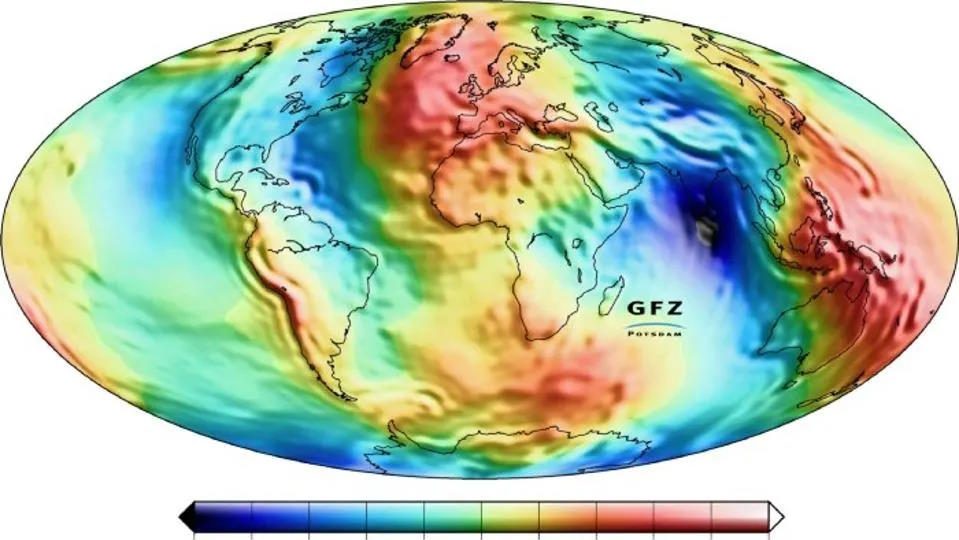As Ebola Spreads in West Africa, Science Searches For the Cure

What’s the Latest?
The latest outbreak of Ebola in West Africa has claimed over 700 lives (including Sierra Leone’s top Ebola doctor). Health professionals who have traveled to countries such as Liberia and Togo to fight the virus are doing so armed with inadequate weapons. That’s because a cure for Ebola does not yet exist. Thousands of miles away in research labs across the world, scientists are working with one eye on Africa and the other on their work. The goal is to move potential vaccines through phases of testing as swiftly as possible. Unfortunately for those at risk of contracting this current strain, “swiftly as possible” is still quite slow. Researchers are working quickly in anticipation of the next outbreak, whenever that may come.
What’s the Big Idea?
Currently, doctors can only provide supportive measures for the infected by treating their symptoms. Life and death is left almost entirely to chance. Patients showing symptoms are placed in isolation and treated by healthcare professionals decked head-to-toe in protective gear. Despite their best efforts, many of the medical workers fighting the Ebola outbreak have contracted the virus during treatment. This current strain kills an estimated 90% of those infected. Authorities maintain a top priority of minimizing the virus’ spread. Until better treatments are developed, doctors are forced to rely more on logistical tactics than healthcare remedies.
Big Think has already covered one potential breakthrough in the search for an Ebola vaccine. Accoring to New Scientist, other hopeful prospects include the drug TKM-Ebola, the compound BCX4430, and a vaccine featuring a harmless strain of vesicular stomatitis virus. The vaccine is most promising because it could be used to treat the disease even after infection, much like the rabies vaccine.
Even if a diamond in the rough exists among these potential cures, the current outbreak will have been long contained (and probably forgotten, at least outside of West Africa) by then. As for fear of the disease spreading to the United States, the case of Patrick Sawyer drummed up a flurry of fear-mongering headlines (just Google “ebola” “america” and “worry”), but the CDC is confident the U.S. is safe.
Despite the deadly nature of an Ebola infection, it’s just not the sort of virus that could spread widely here, especially when prudent measures are taken to prevent it from doing so.
Photo credit: Creations / Shutterstock
Read more atNew Scientist





